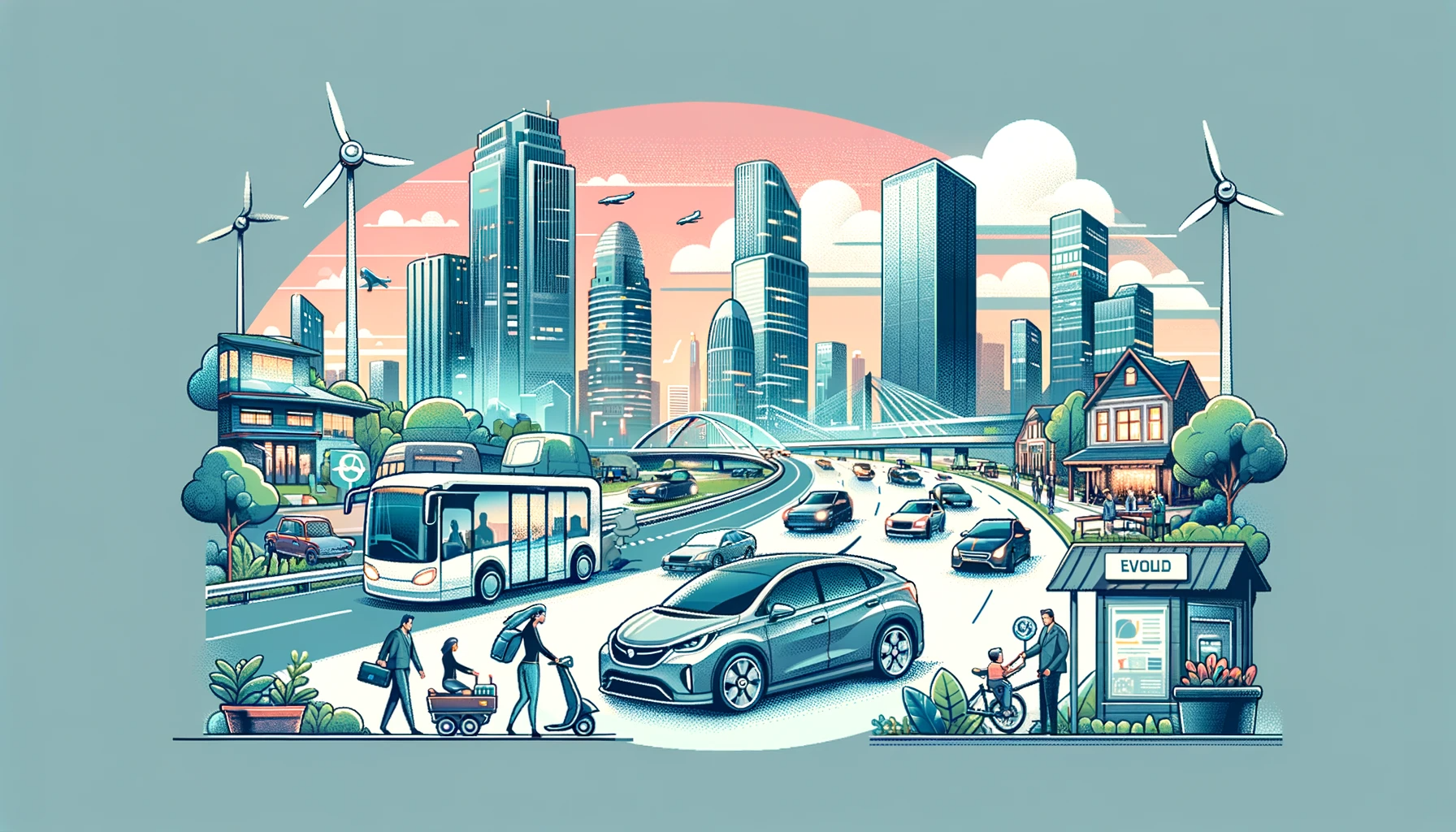Index
Utilization in Everyday Life
- Commuting: For many people, cars are the primary means of commuting to work or school. They offer flexible travel adapted to personal schedules, regardless of being in urban or suburban areas.
- Shopping and Daily Errands: Cars are extremely convenient for transporting large purchases or daily necessities. They are especially valuable in suburban areas for accessing supermarkets and malls.
- Family Outings: Cars play a central role in family outings and trips. They are suitable for transporting children and the elderly, providing a safe and comfortable journey to the destination.
Utilization for Leisure
- Travel and Adventure: Cars enhance the freedom of travel and outdoor activities. They make accessing activities like camping, hiking, and beach visits more convenient, especially in natural settings.
- Sports and Hobbies: Cars are handy for transporting sports equipment, such as bicycles and skis. They also play an important role in carrying tools and equipment for various hobbies.
- Driving and Tourism: Enjoying scenic drives and touring tourist spots is one of the great attractions of cars. Driving is also popular as a means of relaxation.
Utilization in Business
- Goods Transportation and Delivery: In the logistics industry, trucks and vans are widely used for transporting goods. Recently, with the increase in online shopping, cars have also been utilized for smaller-scale delivery services.
- Business Trips and Meetings: Cars are essential for business-related travel. They are particularly used for business meetings and trips in regional cities and suburbs.
- Advertising and Promotion: Cars are used for advertisements and mobile promotional activities. Especially, the sides of vans and trucks are effective as moving advertising spaces.
Specialized Uses
- Ambulances and Fire Engines: Vehicles like ambulances and fire engines are used for emergency response. They are equipped with special gear and are crucial in situations requiring swift action.
- Agriculture and Construction: There are vehicles specialized for specific industries, such as tractors for agriculture and dump trucks for construction sites. These contribute to efficiency and safety in operations.
- Vehicles in Research and Education: Cars are used in driving schools and for research in automotive technology. There are also educational tools like driving simulators that utilize vehicles.
Integration with Technology
- Autonomous Vehicles: With the evolution of autonomous driving technology, a future with driverless cars is becoming a possibility. This could enhance traffic safety and open new possibilities for transportation.
- Electric and Hybrid Vehicles: To reduce environmental impact, the development of electric and hybrid vehicles is progressing. These offer sustainable transportation methods that do not rely on fossil fuels.
- Connected Cars: Internet-connected vehicles (connected cars) enhance driving safety and offer a more comfortable driving experience. They enable real-time traffic information and vehicle status monitoring.
Social Role
- Urban Planning and Cars: With the development of cities, the flow of vehicles and parking space provision have become important issues. Cars are a crucial element in urban planning.
- Environmental Impact: The exhaust gases from automobiles are considered a contributing factor to environmental issues. Therefore, transitioning to clean energy vehicles and urban planning to reduce traffic are emphasized.
- Economic Impact: The automobile industry plays a significant role in the economies of many countries. From manufacturing to sales and after-service, it generates numerous employment opportunities and economic activities.
